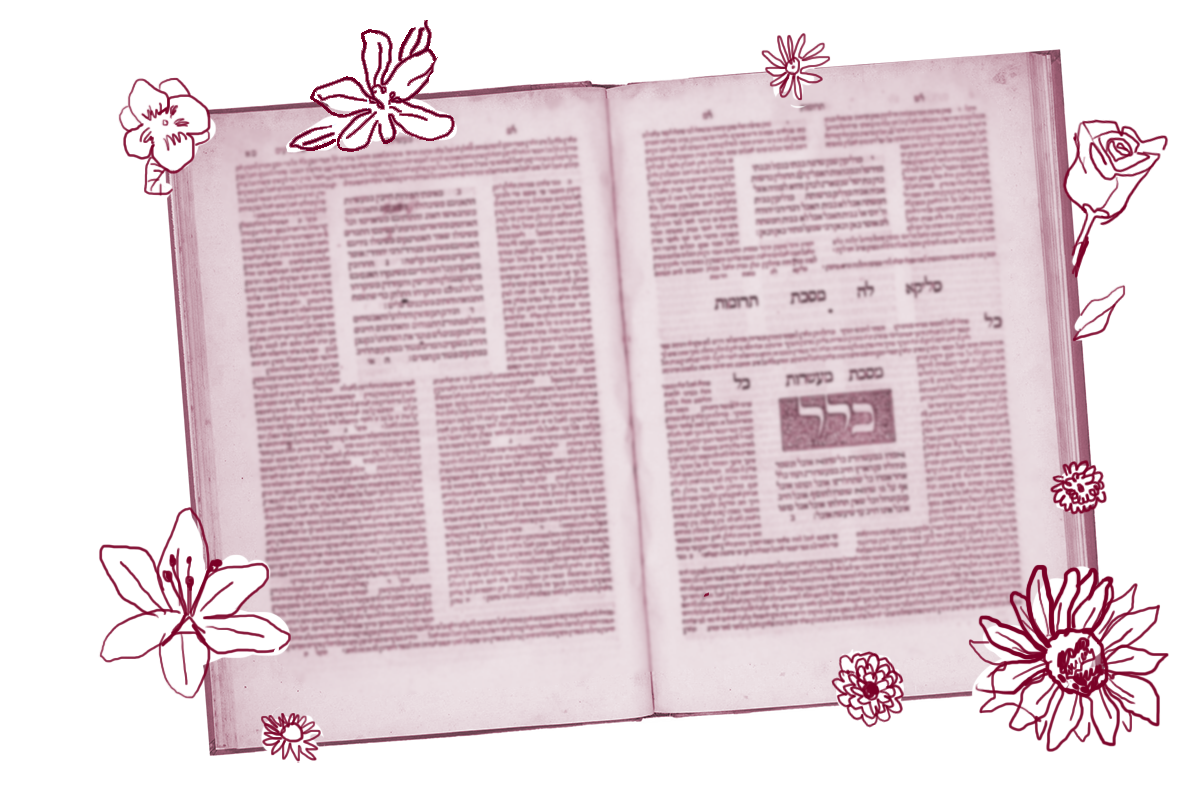As we have seen on prior pages, it was vitally important for the rabbis to understand which parts of the Temple service could be performed by non-priests and which could only be done by a priest. Getting this wrong is potentially disastrous — not only because performance of a Temple ritual by the wrong person invalidates the entire rite, but also because it could expose the non-priest to a penalty of death (from God, not a Jewish court). As the biblical story of the deaths of Aaron’s sons makes clear, serving as a priest can be a deadly endeavor if done incorrectly.
We have already seen the rabbis attempt to determine which Temple services are lethal for a non-priest to perform. (Yoma 24, for example, debates some possible guidelines.) On today’s page, the rabbis continue to try to make these distinctions. Given the stakes, it is surprising to discover that there is little agreement. Consider this debate about whether a non-priest can arrange the wood for the fire on the altar.
Rabbi Asi said that Rabbi Yoḥanan said: A non-priest who set up the arrangement of wood on the altar is liable to receive the death penalty by God’s hand for having performed an act that is restricted to priests, and the woodpile that he placed is invalid.
This seems fairly clear. But immediately the Talmud records an objection.

Help us keep Jewish knowledge accessible to millions of people around the world.
Your donation to My Jewish Learning fuels endless journeys of Jewish discovery. With your help, My Jewish Learning can continue to provide nonstop opportunities for learning, connection and growth.
Rabbi Zeira strongly objects to Rabbi Yoḥanan’s teaching: And do you have any service that is valid if performed at night and yet is invalid if performed by a non-priest?
Rabbi Zeira’s point is that since the arrangement of the wood for the burning of the sacrificial animals can be performed in the evening, and Temple services can normally only be performed in the daytime, arranging the wood is therefore not a true part of the Temple service. As such, it need not be the exclusive domain of the priests.
Rabbi Zeira’s objection is considered strong enough to force the Talmud to revise the original statement by Rabbi Yochanan.
Rabbi Asi said that Rabbi Yoḥanan said: A non-priest who arranges the two logs on the altar is liable to receive the death penalty by God’s hand, since it is a daytime service.
There are in fact two acts of wood arrangement that are parts of the ritual. The first is arranging the wood pile on the altar where the sacrifice will be burned, which is what the initial version of Rabbi Yohanan’s statement referred to. The second, which this revised version of Rabbi Yochanan’s statement is referencing, is the arrangement of two logs on the altar upon which the incense is burned. Since the latter task is performed exclusively during the day, this would seem to be an obvious case where a non-priest is excluded.
A fascinating question emerges from this debate. The rabbis clearly cared deeply about getting the rules correct. Yet the rituals they describe were wholly theoretical in nature. Unlike, for example, debates over the nature of various Shabbat violations, which were part of the lived experience of the rabbis, the Temple was no longer standing when the rabbinic debate unfolded. Did they imagine that there would soon come a day when these disagreements would need to be firmly resolved? Or did they know that the Temple ritual was gone, perhaps for good, and so they were free to argue over the rules solely as a means of expressing their love for Torah?
As we ask that question, it’s worth asking it of ourselves as well. What do we feel when we study these pages of Talmud? Is this the purest form of learning Torah lishmah — merely for its own sake? Or do we see these discussions as a genuine expression of hope for the Temple’s rebuilding?
Whatever our answers to those questions — and whatever our guess as to how the rabbis of the Talmud would answer — there is no doubt that the Temple and its rituals occupy a central place in the rabbinic tradition, and thus will continue to confront us with its tensions as we wend our way through the Talmud.
Read all of Yoma 27 on Sefaria.
This piece originally appeared in a My Jewish Learning Daf Yomi email newsletter sent on May 8th, 2021. If you are interested in receiving the newsletter, sign up here.



